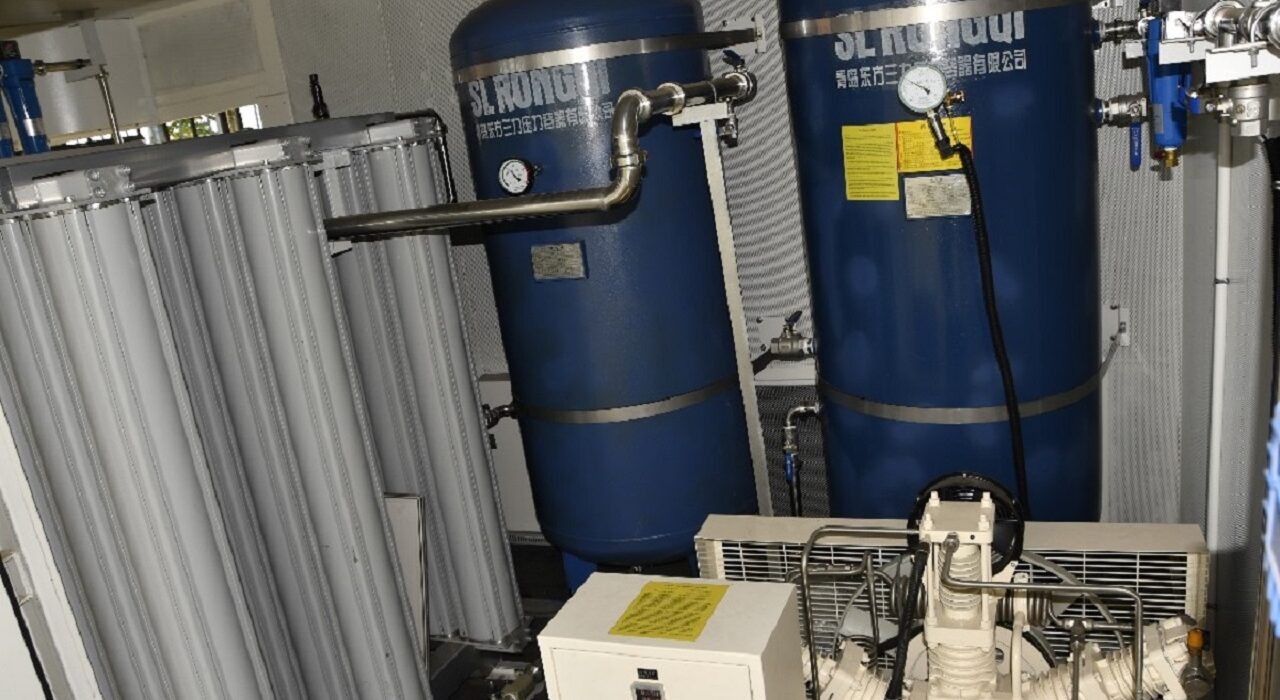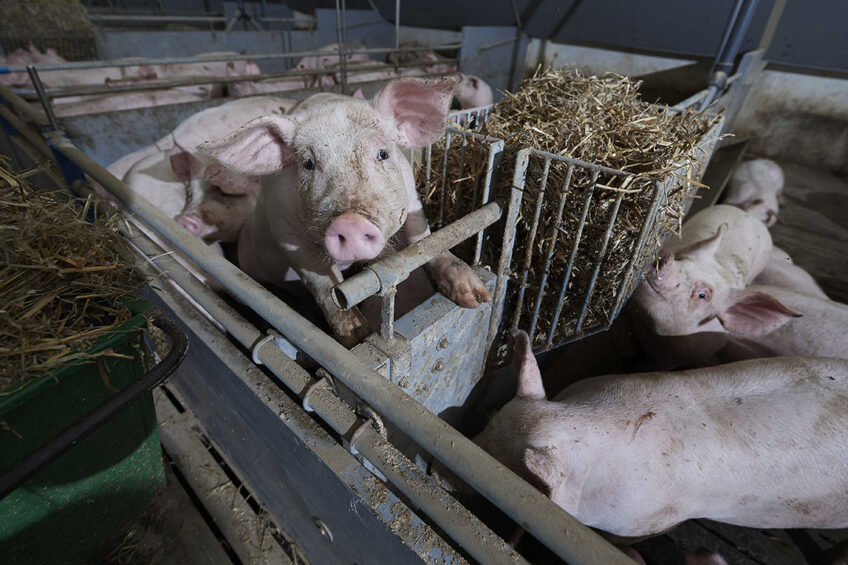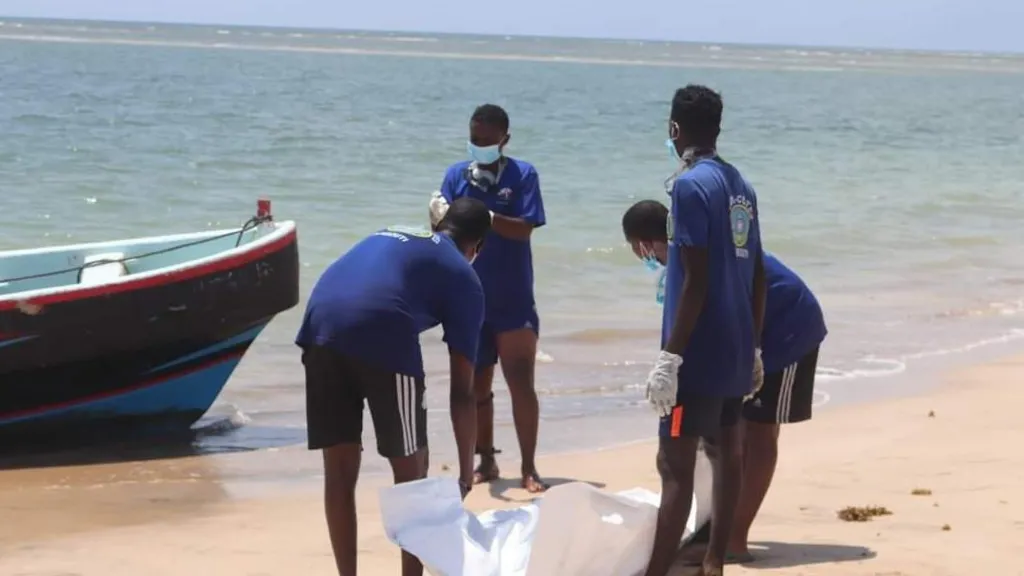On May 9, Equatorial Guinea inaugurated its first public medical oxygen production plant at the Bata Regional Hospital, marking a significant milestone in the country’s healthcare system.
The facility, which was established with support from the World Health Organization (WHO), ensures a reliable, affordable, and accessible supply of medical oxygen, addressing critical shortages that were especially evident during the COVID-19 pandemic.
Juan de Dios, a nurse in the emergency unit of the hospital, recalls the anxiety of constant calls for help when oxygen supplies were low. “There’s no oxygen!” he remembers hearing often, adding that the hospital was forced to charge families, even low-income ones, for oxygen due to its high cost. “It was terrifying not knowing if we could save a life because of all this,” he says. The inauguration of the new plant, however, was a turning point. “It was a huge relief to finally have all the oxygen we needed on site and at a lower cost,” he reflects.
Before the establishment of the plant, only five oxygen units were available, all housed in high-cost private hospitals. The new facility, which produces around 24 cylinders per day using pressure swing adsorption (PSA) technology, now fully meets the needs of the Bata Regional Hospital and provides support to the island part of the country in case of shortages.
Eleuteria, who cares for her sister with a chronic respiratory condition, noticed the difference immediately. “When my sister was admitted to the emergency room, I was very worried because I didn’t have enough money. But this time, I was pleasantly surprised to pay only CFAF 5000, seven times less than usual,” she shares. “Thanks to this oxygen, my sister recovered, and we were able to return home, without great expense as in the past.”
Medical oxygen in Africa is often costly and inaccessible for most public health facilities. In addition, logistical challenges—such as the explosive nature of oxygen—make timely delivery difficult, with waits often lasting up to six weeks. To address this, WHO has been working since 2021 to improve oxygen production capacity across the African Region, installing and rehabilitating 295 production units and introducing maintenance protocols to reduce costs.
“The new plant covers all our needs, with six to seven cylinders a day, without any financial impact on the hospital or patients,” says Dr. Manuel Eyene Bacale Ayeto, head of a hospital that sources its oxygen from the Bata facility. “One of the big changes is that we no longer have to turn patients away. We can now take care of everyone without having to transfer them to private hospitals due to lack of oxygen.”
The facility, which is equipped with spare parts for minor repairs over the next two to three years, also has a maintenance contract in place to ensure long-term sustainability. WHO has provided training for hospital staff and established a user’s manual to help ensure the plant’s continued operation.
Dr. George Ameh, WHO Representative in Equatorial Guinea, emphasizes the long-term vision behind the plant: “This project embodies a vision in which the availability of oxygen is no longer a luxury, but guaranteed for all those who need it.” WHO has further supported the plant with 50 additional oxygen cylinders from its Dakar hub, ensuring a continuous supply for both the mainland and island regions.
“Now we have oxygen at our fingertips,” concludes Juan de Dios. “It’s a transformation that has changed our lives and those of our patients.”
Credit: World Health Organization








